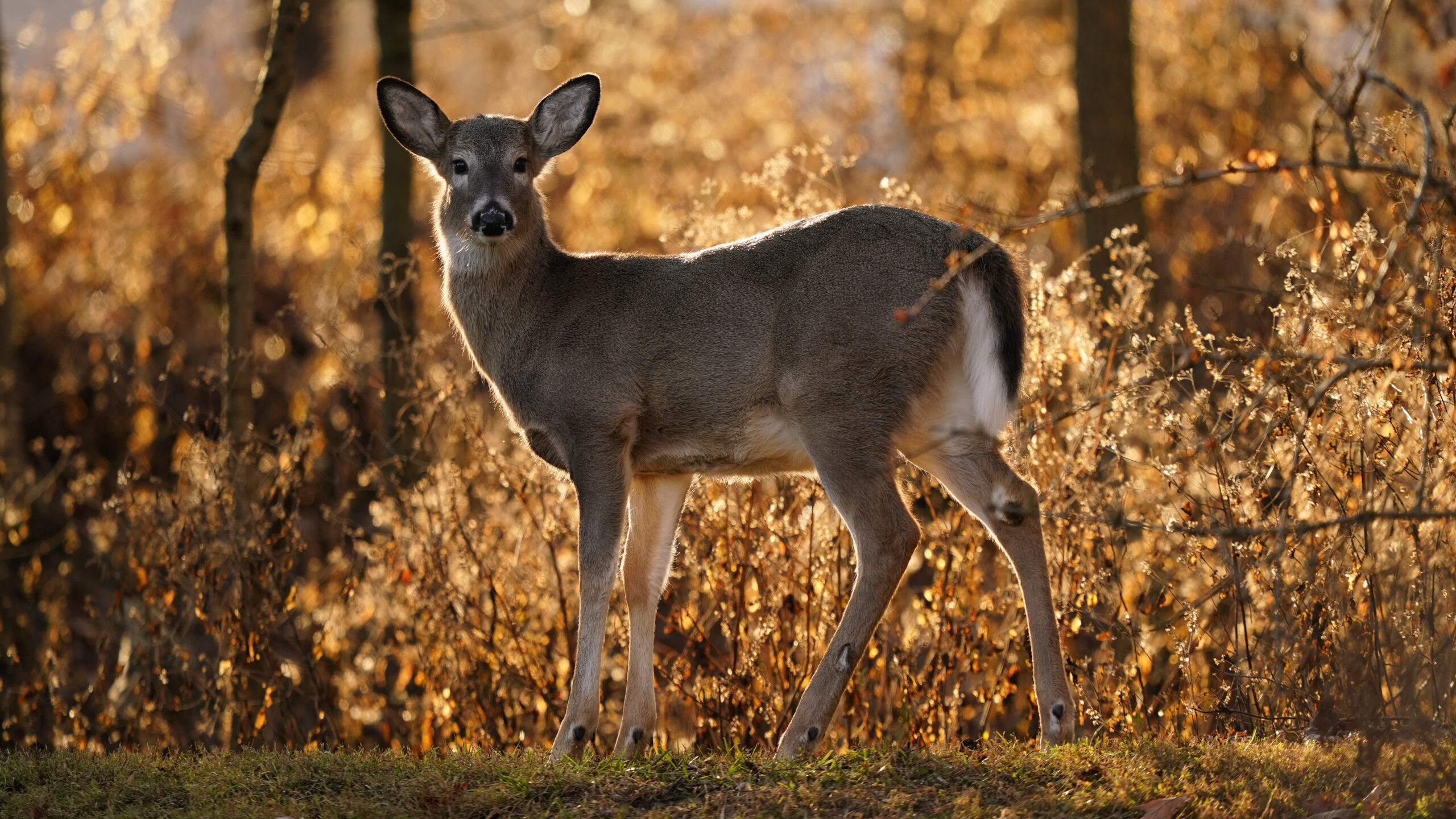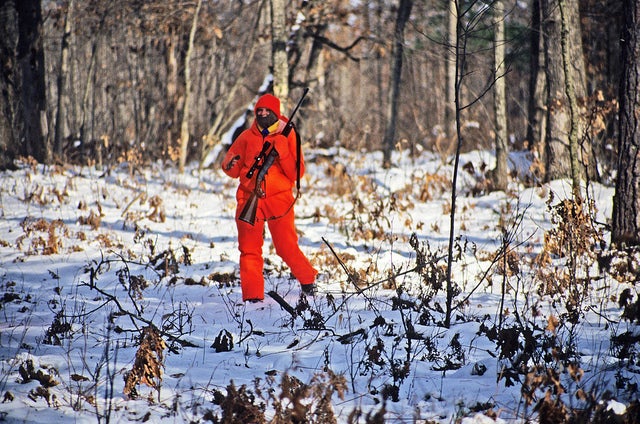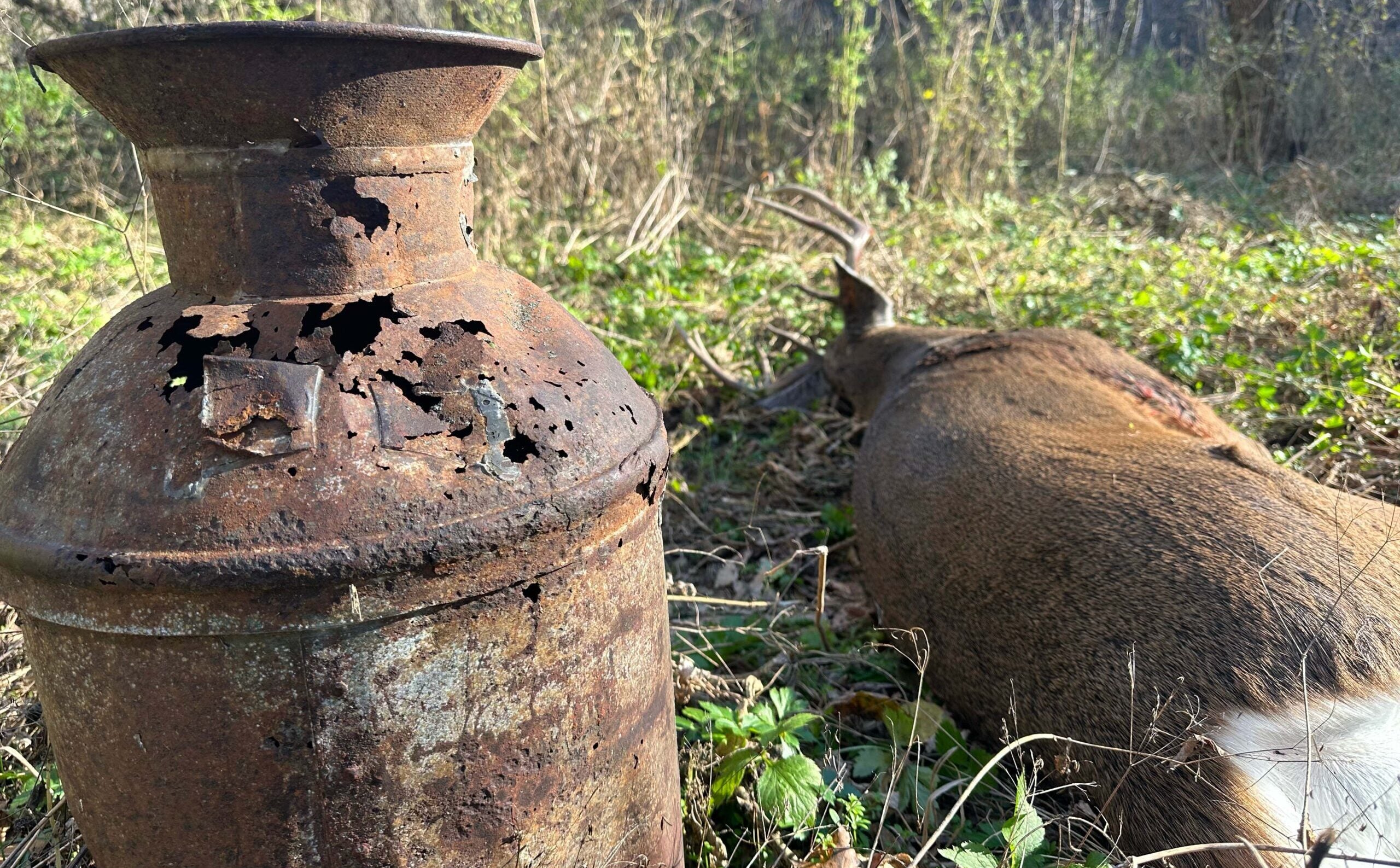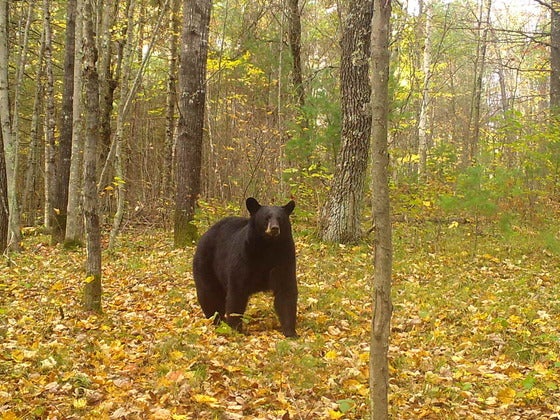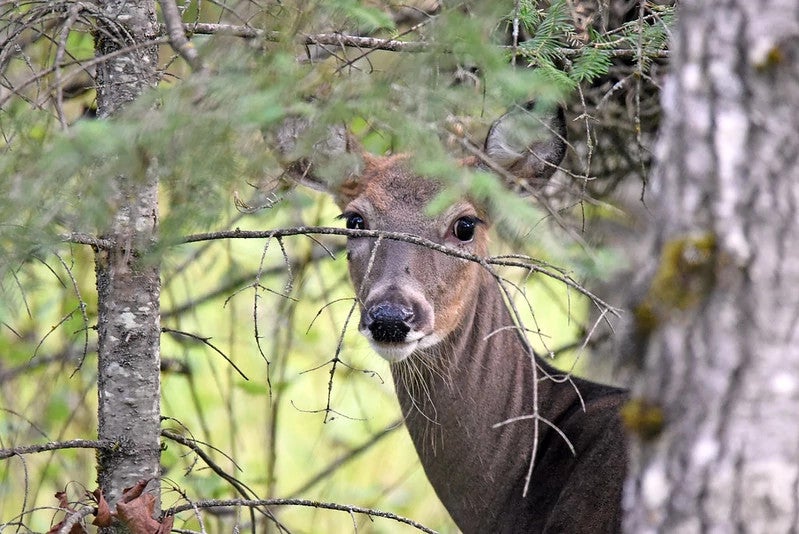State wildlife regulators say a warm winter and dry weather this fall could improve hunters’ chances during the nine-day gun deer season, but they’re expecting a similar harvest to last year due to a late start.
The season begins Saturday, Nov. 23 and runs through Sunday, Dec. 1. Last year, hunters killed 175,101 deer statewide — down about 17 percent from 2022. The Wisconsin Department of Natural Resources said a lack of snow during the nine-day season and preceding harsh winter likely reduced hunter success last year.
This year, a record-setting warm winter likely led to increased fawn survival, according to Jeff Pritzl, the agency’s state deer program specialist.
“That means more deer on the landscape to a certain degree,” Pritzl said. “As it relates to bucks, their antler development will be a little bit better this year because they came out of the winter in such good physical shape.”
Dry conditions this fall also means the corn harvest is ahead of schedule, creating less cover for deer in farmland areas. Even so, Pritzl noted the late start to the season means it occurs further away from the rut or mating season when bucks are searching for does. That means deer movement will likely be reduced during the day.
In past years, Pritzl said a late start has coincided with a drop of roughly 10 percent or more in the overall deer harvest.
“I think expectations should be that we will see harvest numbers not that different from last year,” Pritzl said.
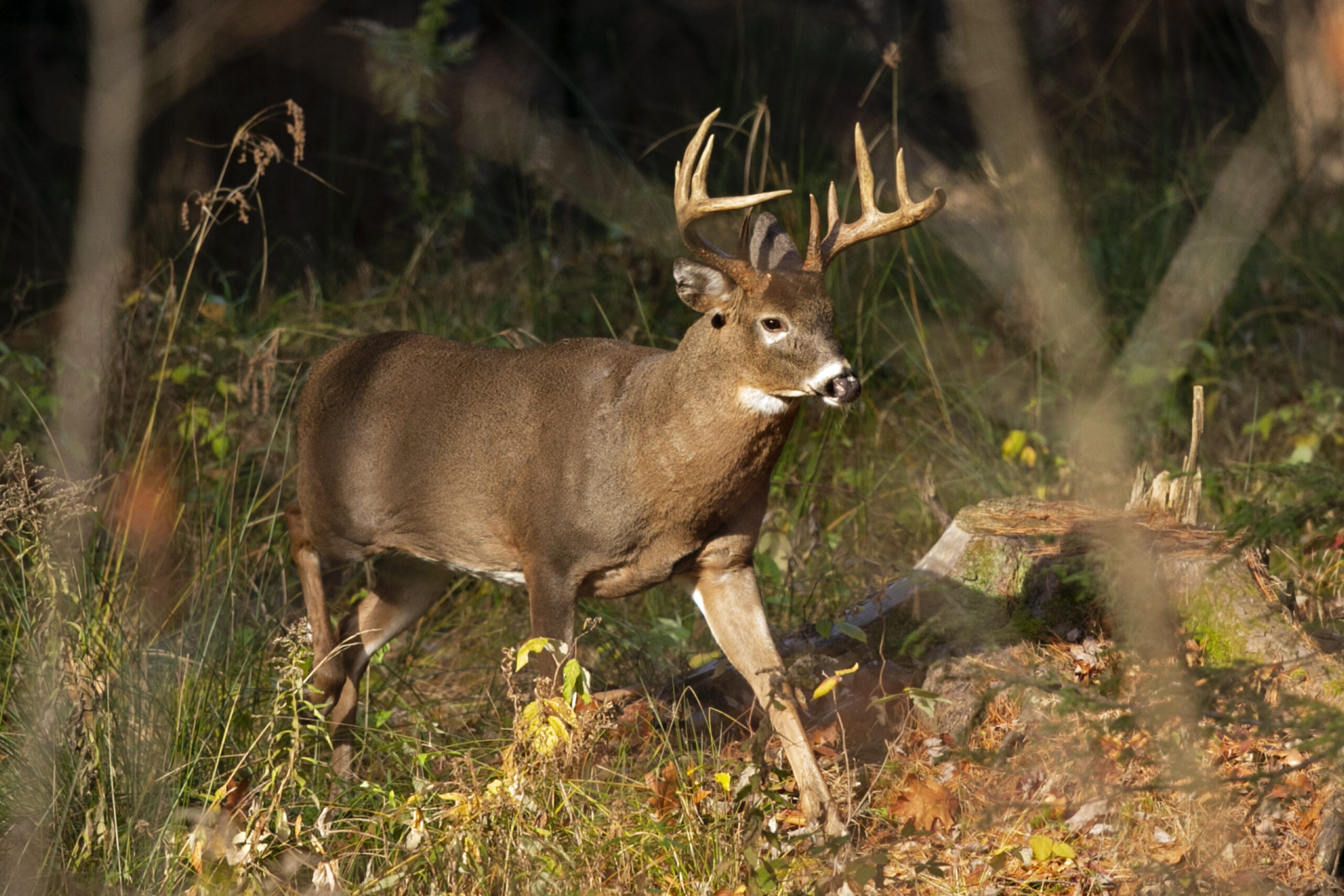
But Pritzl noted the archery harvest is up considerably in northern Wisconsin, which may indicate a return to normal after hunters killed 30 percent fewer deer in the region last year.
“That’s a good sign for the northern forest moving forward, and we’ll see if that is a foreshadowing of what will happen during the gun season,” Pritzl said.
Wisconsin’s deer herd has grown to more than 1.6 million deer, although Pritzl noted deer are not evenly distributed across the state. Deer hunting contributes around $2.2 billion to the state’s economy.
So far, the state has sold 444,743 licenses, of which 123,861 are solely gun licenses. Pritzl said many sales occur the day before the season starts. Last year, hunters purchased more than 553,000 licenses. License sales have been declining over time as baby boomers are aging out of hunting and fewer young people take their place.
News with a little more humanity
WPR’s “Wisconsin Today” newsletter keeps you connected to the state you love without feeling overwhelmed. No paywall. No agenda. No corporate filter.
DNR stresses hunter safety
During the 2023 calendar year, the DNR recorded 11 hunting incidents and no fatalities. Three hunters sustained injuries during the nine-day hunt. So far, four incidents have been recorded this year.
Renee Thok, the agency’s hunter education administrator, said the DNR has seen a downward trend in hunting incidents over the past five years.
She urged hunters to follow the rules of firearm safety and encouraged the public and their pets to wear blaze orange or pink during the hunting season. Last year, a 47-year-old woman in Adams County was shot by a hunter while walking her dog after a hunter confused the animal for a deer.
The agency also urged hunters to test deer for chronic wasting disease. First found in the state in 2002, the disease attacks the brains of deer and other animals, causing drastic weight loss and death over time.
Agency prioritizes CWD sampling in central and northern Wisconsin
The DNR expects to sample around 19,200 deer for CWD this year, and it’s prioritizing sampling in parts of central and northern Wisconsin where new detections of the disease have been found in wild and farm-raised deer.
Six deer farms had their first positive detection of CWD last year. In addition, multiple counties detected the disease for the first time in wild deer, including Polk, Trempealeau, Jackson, Pierce and Waushara counties. The disease has continued to spread statewide and now affects 64 counties in Wisconsin.
Erin Larson, the agency’s deer herd health specialist, said hunters can submit deer for sampling anytime at self-service kiosks and urged them to dispose of deer carcasses at designated dumpsters or landfills.
Last year, the DNR sampled 17,334 deer statewide. Almost 1,600 deer tested positive for the disease with most positive detections stemming from southern farmland areas of the state. At least 12,708 deer have tested positive for CWD out of more than 318,000 deer sampled over the last two decades.
Wisconsin Public Radio, © Copyright 2025, Board of Regents of the University of Wisconsin System and Wisconsin Educational Communications Board.

